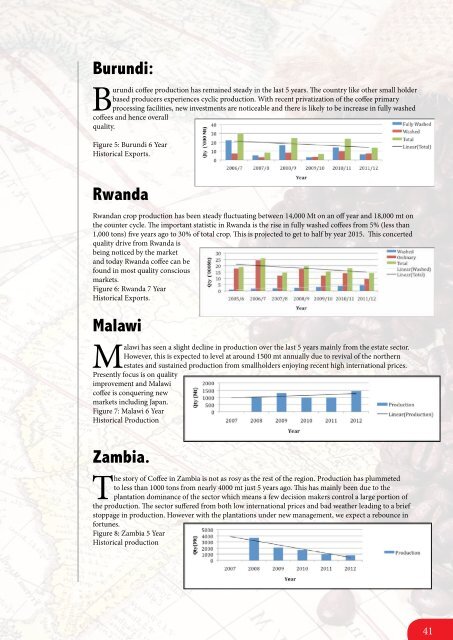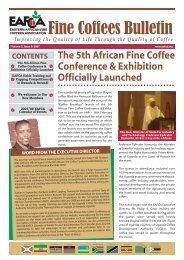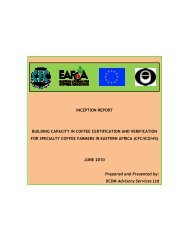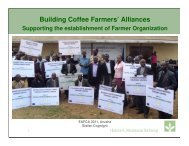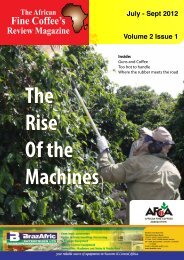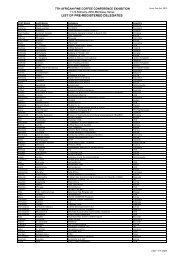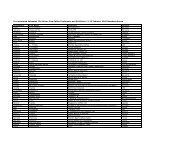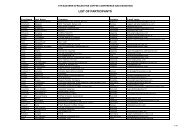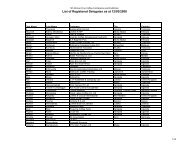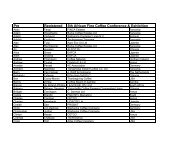African Fine Coffees Review Special Edition Oct-Dec - EAFCA
African Fine Coffees Review Special Edition Oct-Dec - EAFCA
African Fine Coffees Review Special Edition Oct-Dec - EAFCA
You also want an ePaper? Increase the reach of your titles
YUMPU automatically turns print PDFs into web optimized ePapers that Google loves.
Burundi:<br />
Burundi coffee production has remained steady in the last 5 years. The country like other small holder<br />
based producers experiences cyclic production. With recent privatization of the coffee primary<br />
processing facilities, new investments are noticeable and there is likely to be increase in fully washed<br />
coffees and hence overall<br />
quality.<br />
Figure 5: Burundi 6 Year<br />
Historical Exports.<br />
Rwanda<br />
Rwandan crop production has been steady fluctuating between 14,000 Mt on an off year and 18,000 mt on<br />
the counter cycle. The important statistic in Rwanda is the rise in fully washed coffees from 5% (less than<br />
1,000 tons) five years ago to 30% of total crop. This is projected to get to half by year 2015. This concerted<br />
quality drive from Rwanda is<br />
being noticed by the market<br />
and today Rwanda coffee can be<br />
found in most quality conscious<br />
markets.<br />
Figure 6: Rwanda 7 Year<br />
Historical Exports.<br />
Malawi<br />
Malawi has seen a slight decline in production over the last 5 years mainly from the estate sector.<br />
However, this is expected to level at around 1500 mt annually due to revival of the northern<br />
estates and sustained production from smallholders enjoying recent high international prices.<br />
Presently focus is on quality<br />
improvement and Malawi<br />
coffee is conquering new<br />
markets including Japan.<br />
Figure 7: Malawi 6 Year<br />
Historical Production<br />
Zambia.<br />
The story of Coffee in Zambia is not as rosy as the rest of the region. Production has plummeted<br />
to less than 1000 tons from nearly 4000 mt just 5 years ago. This has mainly been due to the<br />
plantation dominance of the sector which means a few decision makers control a large portion of<br />
the production. The sector suffered from both low international prices and bad weather leading to a brief<br />
stoppage in production. However with the plantations under new management, we expect a rebounce in<br />
fortunes.<br />
Figure 8: Zambia 5 Year<br />
Historical production<br />
41


